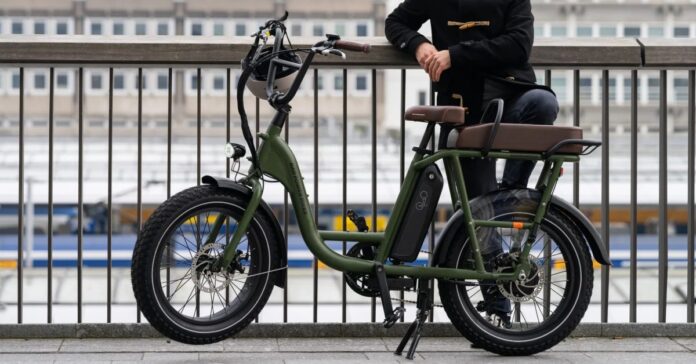There’s a number hidden somewhere on basically every electric bicycle – or pedal bicycle – including the one in your garage. If you haven’t found it yet, you should do it today. Here’s why.
That number is the frame number, and for all intents and purposes, it’s basically like a VIN but for a bike. The VIN (Vehicle Identification Number) on your car is the number that gives it an identity and helps track it down if it’s ever stolen.
The same goes for your bike’s frame number. This innocuous string of characters, often stamped inconspicuously beneath your bike’s bottom bracket or on the head tube, isn’t just there to fill space – it can be the key to protecting your bike from theft or recovering it if the unthinkable happens.
Why is the frame number so important? Simply put, it’s your bike’s fingerprint, a unique identifier that distinguishes your ride from every other two-wheeler out there. In a scenario where your e-bike goes missing, having this number documented can drastically improve the odds of it being returned by law enforcement.
Rad Power Bikes recently shared some great tips on the importance of knowing your frame number and where to find it. As you can see in the images below, the number is usually stamped into the frame on the bottom of the head tube (the front of the bike), or under the bottom bracket (the underside of the bike where the pedals are connected).



But knowing your frame number is only half the battle. The next critical step is registering that number with a bike registry. Fortunately, several trustworthy services offer free registration, creating a central database accessible by law enforcement, bike shops, and fellow cyclists who might stumble upon your stolen steed.
Bike Index (bikeindex.org) is one of the most popular platforms, boasting thousands of successful recoveries and a simple, intuitive registration process. And the best part is that it’s free! Another solid option is Project 529 (project529.com), widely used in North America and highly praised by police departments for its effectiveness in tracking stolen bikes. Again, it’s free to use!
Additionally, some local municipalities offer their own registries, such as the National Bike Registry (nationalbikeregistry.com), which collaborates directly with law enforcement to streamline the reporting and recovery process.
These types of services offer a form of passive protection, where you can mark your bike as stolen in their registries and then hope that someone finds it. In the event that someone does find your bike (such as in a shady Craigslist sale, etc.) and decides to check the frame number against the databases, they’ll see it’s stolen. If the police raid a bike theft ring and find a cache of stolen bikes, they may run all their frame numbers and find that yours is in the mix.
If you want protection that is a bit more active, there are full-on insurance options (though your renters or homeowner’s insurance may cover your e-bike), or theft protection services like Tempo that aren’t technically insurance, but operate somewhat similarly by offering a combination of holographic tracking number stickers for the bike combined with up to $2,500 in coverage for a replacement bike, if they can’t recover your stolen bike. I had the chance to sit down with Tempo’s founder Michael Keating at Micromobility America late last year, and you can see more about what I learned from him here.
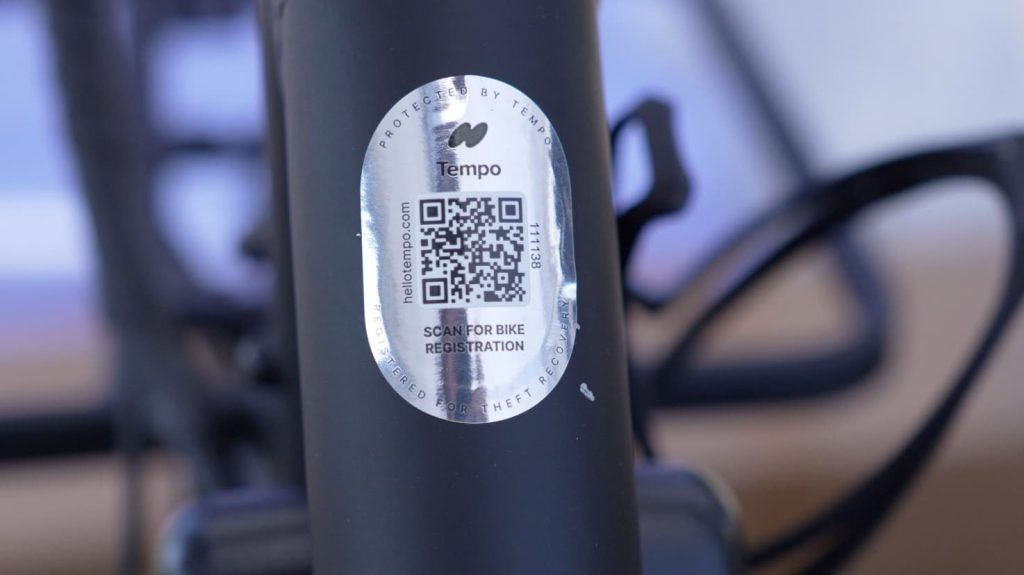

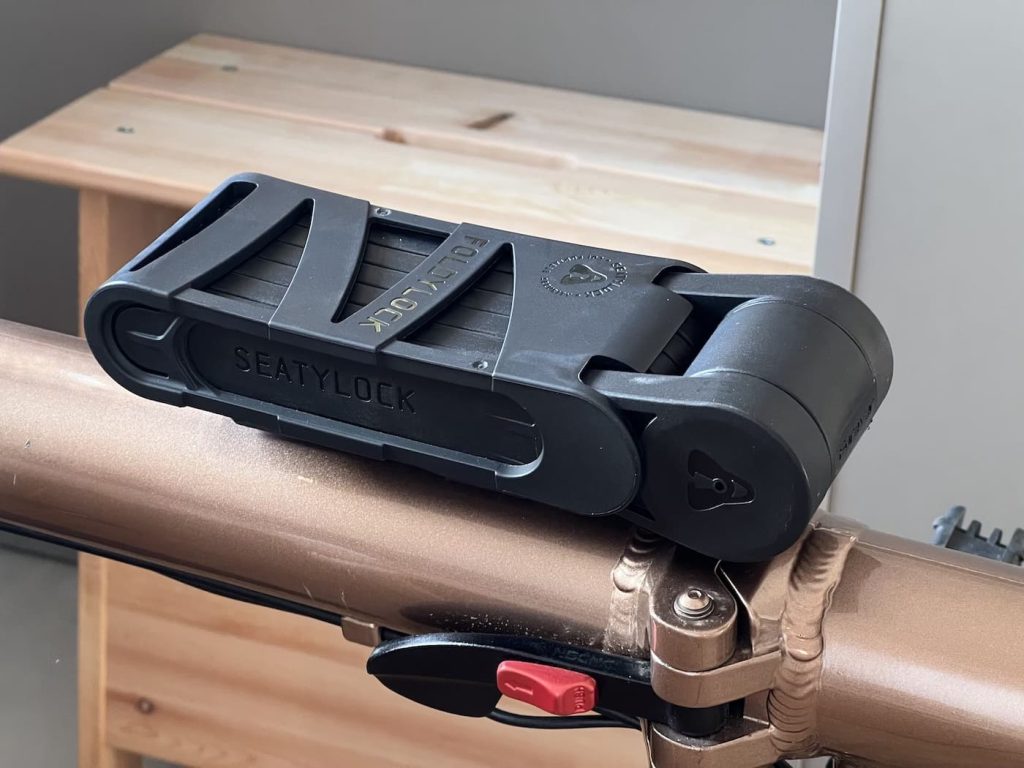
This is probably a good time for a reminder to us all that a good lock is usually the only thing standing between our precious e-bike and those who want to take it from us.
I’ve reviewed a ton of locks, but some of my favorites include the Foldylock Compact for its high security, smaller size, and ease of locking to various sizes/shapes of bike racks, or the Foldylock Forever which is the big brother of the Compact and is nearly as impenetrable as it gets for a bike lock, as confirmed by the top bike lock testing agencies in the world.
For those who prefer a U-lock instead of a folding lock, my go-to lock is the Mason 220. Again, it is one of the top-rated locks, but it’s also wide enough to fit around the battery-fattened downtube of my e-bikes. That’s rare in the world of U-locks, and so the fact that it carries so many high-level awards and certifications is icing on the cake.
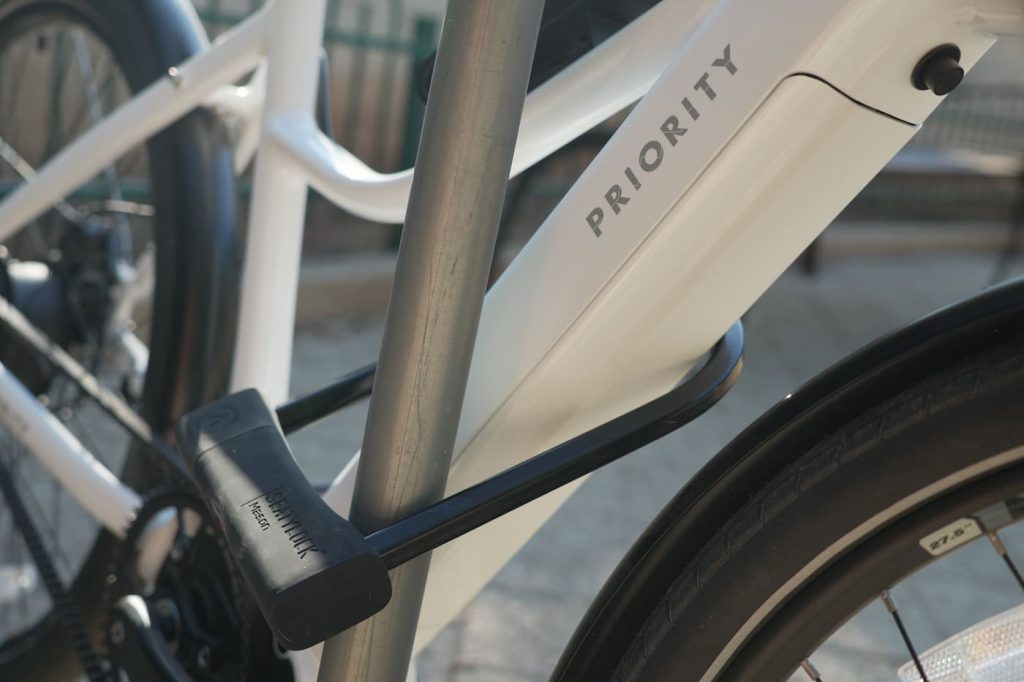
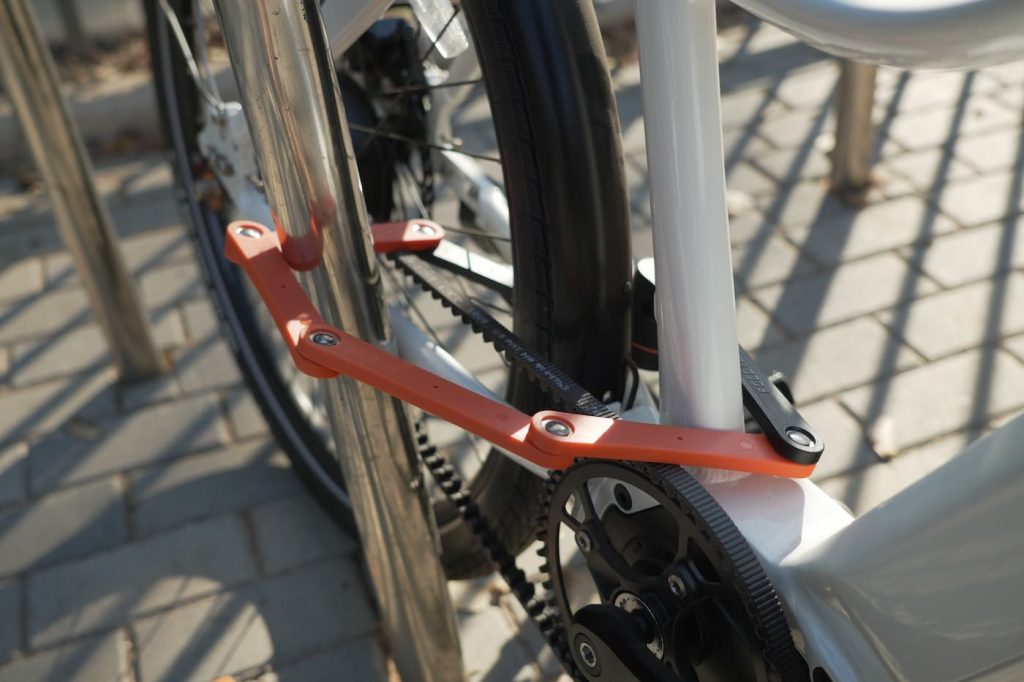
But no matter how good your lock is, there’s always a chance that your e-bike can be separated from you. And so the long and the short of it is that every e-bike has a unique identifier on it, and finding that frame number is your best chance of getting your bike back if it is ever stolen.
So take a minute today and locate your frame number to write it down or take a picture of it. Better yet, take a selfie with it and yourself. If you ever need to quickly prove that it’s your bike to a police officer on the sidewalk (such as if you followed an AirTag right to the bike), that’s a great way to do it.
I’ve had my e-bike stolen more than once, and the only way to curb that sinking feeling is to get it back. Taking a few minutes now to locate your frame number and register your e-bike can save you countless headaches later. After all, an ounce of prevention is worth several thousand dollars worth of cure when it comes to stolen bikes. So flip that bike upside down, jot down your frame number, and give yourself some peace of mind.
